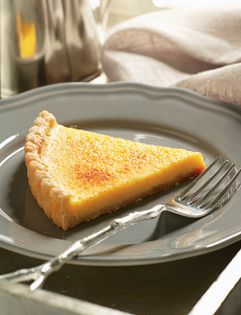Advertisement

Preparation info
- Serves
6 to 8
- Difficulty
Medium
- Ready in
30 min
Appears in
Published 2014
This exquisite recipe was inspired by one I enjoyed at a dinner at L’École, the restaurant at The International Culinary Center in New York City. Chef


